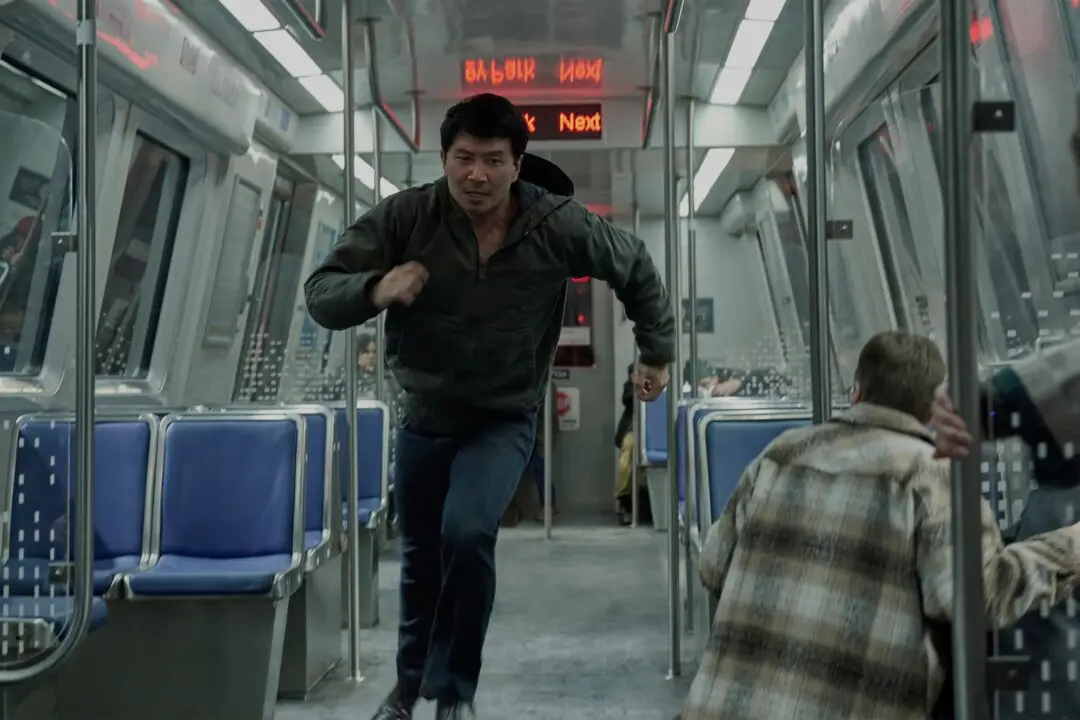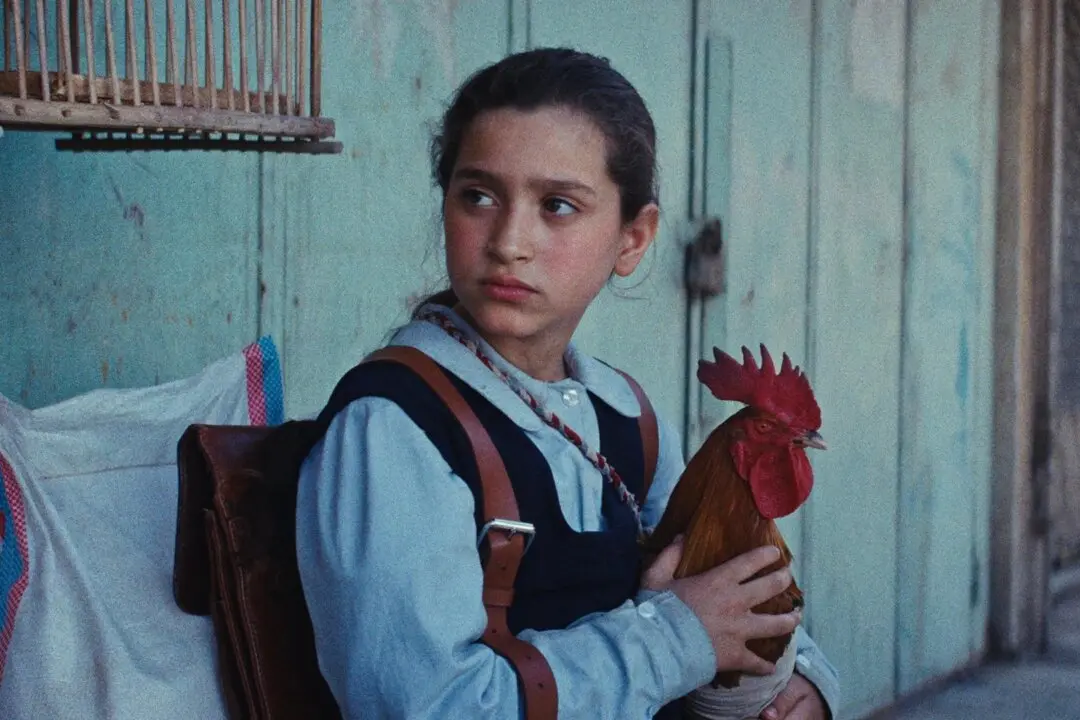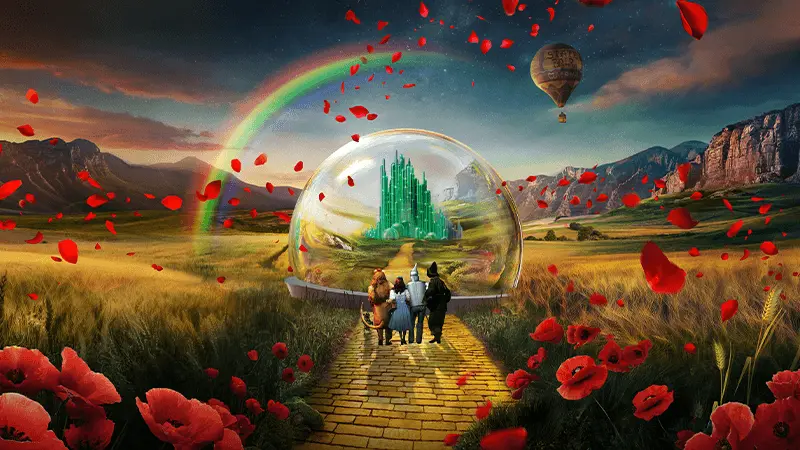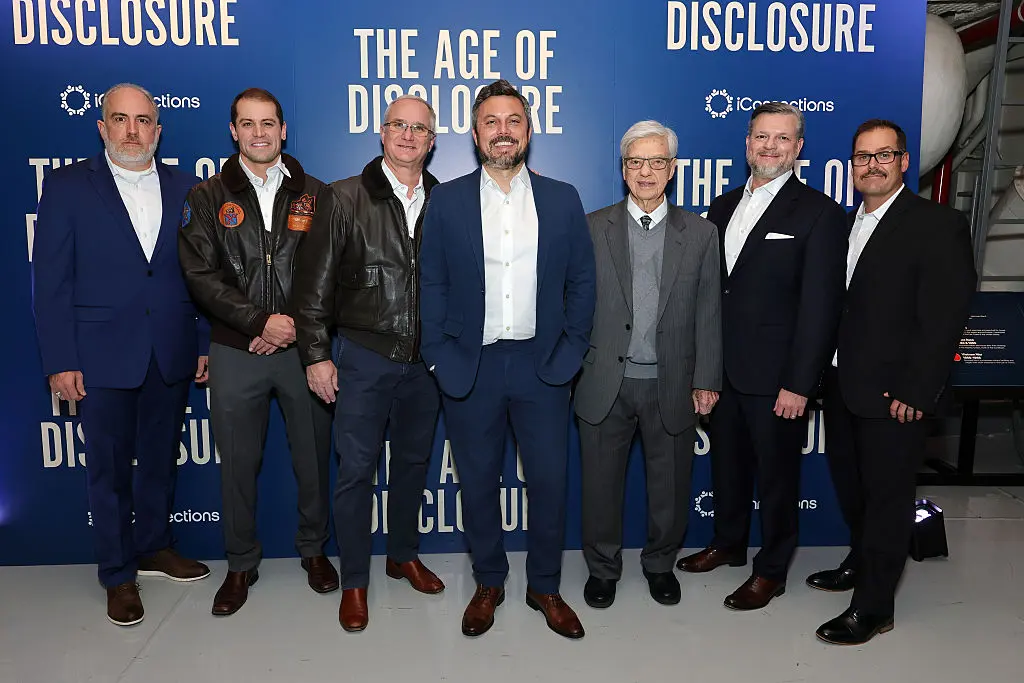When it comes to the Chinese Communist Party cracking down on dissent, you can always count on history repeating itself, over and over again. Older Hongkongers learned that lesson by watching the mainland from afar, whereas the younger generation learned it firsthand during the 2019 Extradition Law protests.
The Umbrella generation of activists come together with their elder dissenters for dialogue and to re-create defining incidents from the latter’s lives in Chan Tze-woon’s hybrid documentary “Blue Island.”




